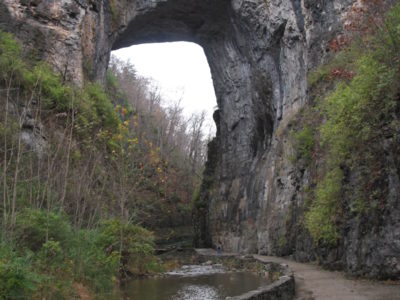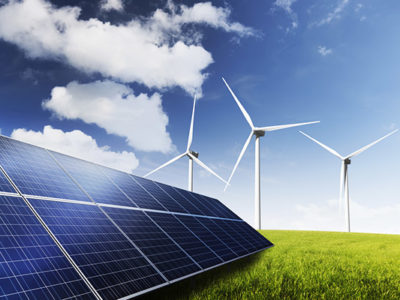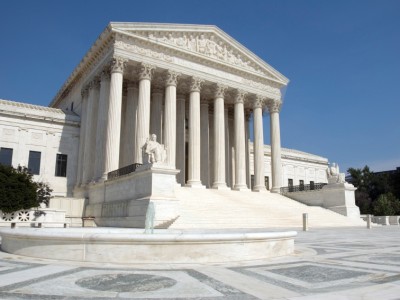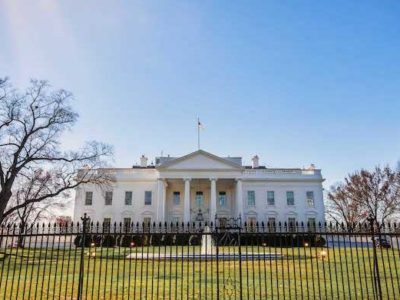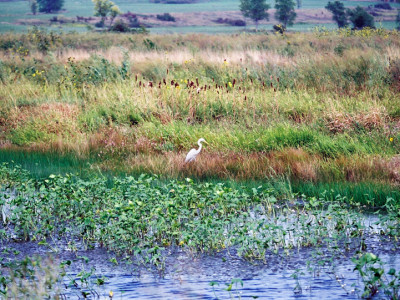Environmental History
Jefferson, Adams, and the Environment
The Founding Fathers were more environmentally aware than we give them credit for. Woke, even.
These writings don’t prove that either Jefferson or Adams was an “environmentalist” in the modern sense. But they do show an attitude toward nature that modern environmentalists would recognize. It wasn’t until the end of the 19th Century that the Sierra Club was founded, and environmentalism didn’t become a national force until the 1960s. But we tend to overlook just how deep the roots of environmentalism go in American history.
In that sense, environmentalism is as American as the Fourth of July.
Joe Biden, Hail and Farewell
His climate actions will resonate far into the future.
Joe Biden is about to vanish from the political scene, but not from the history books. The last election casts a pall on his reputation, as does his unpopularity. But history may be kinder, as it has been for Harry Truman and Jimmy Carter. Beyond all else, he has been our best president yet on climate policy. For our descendants, that will matter a lot more than a couple of years of inflation that impacted their ancestors.
CONTINUE READINGEvolving Energy Positions, 2016-2024
The national debate over climate and energy has shifted since Trump’s first run in 2016.
Coal, once a political flash point, has almost disappeared as an issue, with oil and gas production in unchallenged first place for Republicans. Clean energy subsidies, a side-issue in 2016,, have now taken center stage, while EPA regulations get much less attention. The one thing that remains unchanged is the gulf between the parties.
CONTINUE READINGThe Contract with America
Or, as some critics called it, “the Contract ON America.”
The Contract with America was the brainchild of Newt Gingrich. It was a turning point in American politics: moving the GOP from compromise to confrontation, nationalizing what had previously been locally oriented House races, and shifting the GOP far to the right. There’s a reason they call Gingrich the man who broke Congress.
CONTINUE READINGBattery Technology and EVs Take Off: A Timeline
These interlinked technologies are crucial to the energy transition. Here’s their history.
To fight global warming, we need to largely eliminate the internal combustion engine as a form of transportation. We need battery technology for this and to store electricity, because wind and solar power are intermittent. These technologies didn’t appear out of thin air. Here’s the story of their rise
CONTINUE READINGRenewable Energy: A Timeline
Today’s wind and solar resources didn’t come out of nowhere.
The first efforts to use of wind to generate electricity was 134 years ago, and the photoelectric effect was discovered six decades earlier. So in a sense, these are old technologies — about the same age as the very first internal combustion engines. But the scientific and technological advances that made these technologies competitive with …
Continue reading “Renewable Energy: A Timeline”
CONTINUE READINGThe Supreme Court’s Top-10 Environmental Law Decisions
If these decisions had come out differently, environmental law would look very different than it does today.
Here’s what you really need to know about the Supreme Court’s rulings on environmental law — including its recent trend toward weakening environmental protection.
CONTINUE READINGRanking Presidents on Climate Change
Seven presidents, seven very different legacies.
Although a 1977 memo alerted Jimmy Carter to the problem of climate change, the first tentative responses to climate change didn’t emerge until he left the White House. Since then, there have been seven very different men in the White House. You may find the rankings surprising. Here’s how I would rank them, from best …
Continue reading “Ranking Presidents on Climate Change”
CONTINUE READINGThe Long Life and Sudden Demise of Federal Wetlands Protection
Here’s a timeline of events.
It’s no wonder that one EPA staffer’s reaction to the Supreme Court ruling was a single word: “Heartbroken.” In 2023, the Supreme Court ended fifty years of broad federal protection to wetlands in Sackett v. United States. It is only when you look back at the history of federal wetland regulation that you realize just …
Continue reading “The Long Life and Sudden Demise of Federal Wetlands Protection”
CONTINUE READINGHave We Begun the Third Age of Climate Law?
Some thoughts for Environmental History Week.
An international agreement in 1992 committed the world’s nations to addressing climate change but contained few specifics. The US ratified that agreement, but there was little concrete action here through the end of the 20th Century. As this century began, things looked optimistic, with both presidential candidates favoring reductions in carbon emissions. Promptly after taking …
Continue reading “Have We Begun the Third Age of Climate Law?”
CONTINUE READING



